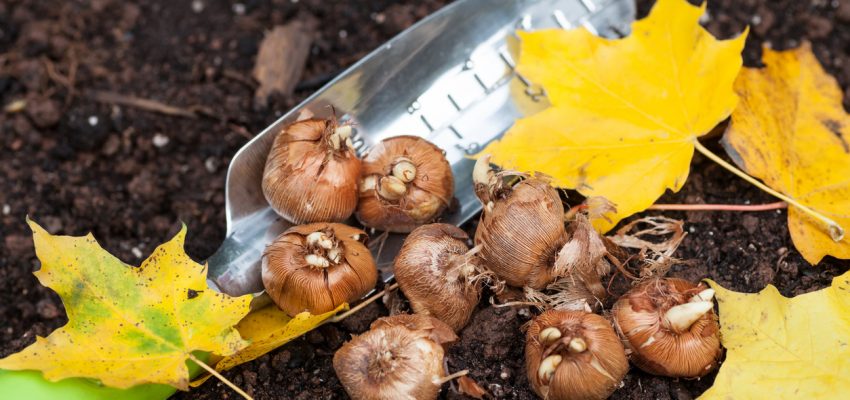Whether you’re a newbie gardener or an experienced green thumb, knowing what to grow in the fall can be challenging. You need to take your location and the typical winter weather into account. Keep reading to learn tips on gardening in the fall for a beautiful spring garden.
Plant Spring-Flowering Bulbs
Daffodils, tulips and other spring bulbs need to be planted soon. Before doing so be sure to know your Hardiness Zone so you can choose the right bulbs for your garden. Cold hardy bulbs like daffodils, tulips, and daylilies thrive throughout the winter months in Zone 4. Some plants need a cool period to help break the dormancy of the plant inside the bulb.
Many fall bulbs will not survive deep freezes throughout the winter, so know your Zone before you plant. If you’re anxious about planting the wrong bulbs for your region, consult the professionals. Garden centers and landscapers like those at Franzwitte.com can provide valuable insight.
Trees and Shrubs
When the hot weather starts to dissipate, the soil in your garden will still be warm enough to promote root development. This is the perfect time to consider planting trees and shrubs. Shrubs, trees and fruit trees can be planted before the ground freezes. Add bone meal to promote root growth before the winter sets in.
Perennials
If you’re looking to expand your collection of perennials in the spring, fall is the best time to do it. You can also use these colder months to divide and replant the perennials already thriving in your garden.
Flowers like coreopsis, scabiosa, and gaillardia will add beautiful bursts of color to your spring garden. Be sure to keep them well-watered until the ground freezes to boost root health.
Veggies
Leafy greens like kale and iceberg lettuce can still be planted and will thrive right until the snow comes. now is the right time to plant winter wheat and garlic. Be sure to plant your garlic as late as possible to avoid it sprouting before the ground freezes.
A Word on Leaves
Instead of using mulch for your fall garden, use what mother nature is giving you — fallen leaves.
Rake your yard’s leaves and then crush them. Use the crushings as coverage in your flower and garden beds. Composted leaves will add nutrients to your gardens’ soil as well as retain moisture and repel weeds.




